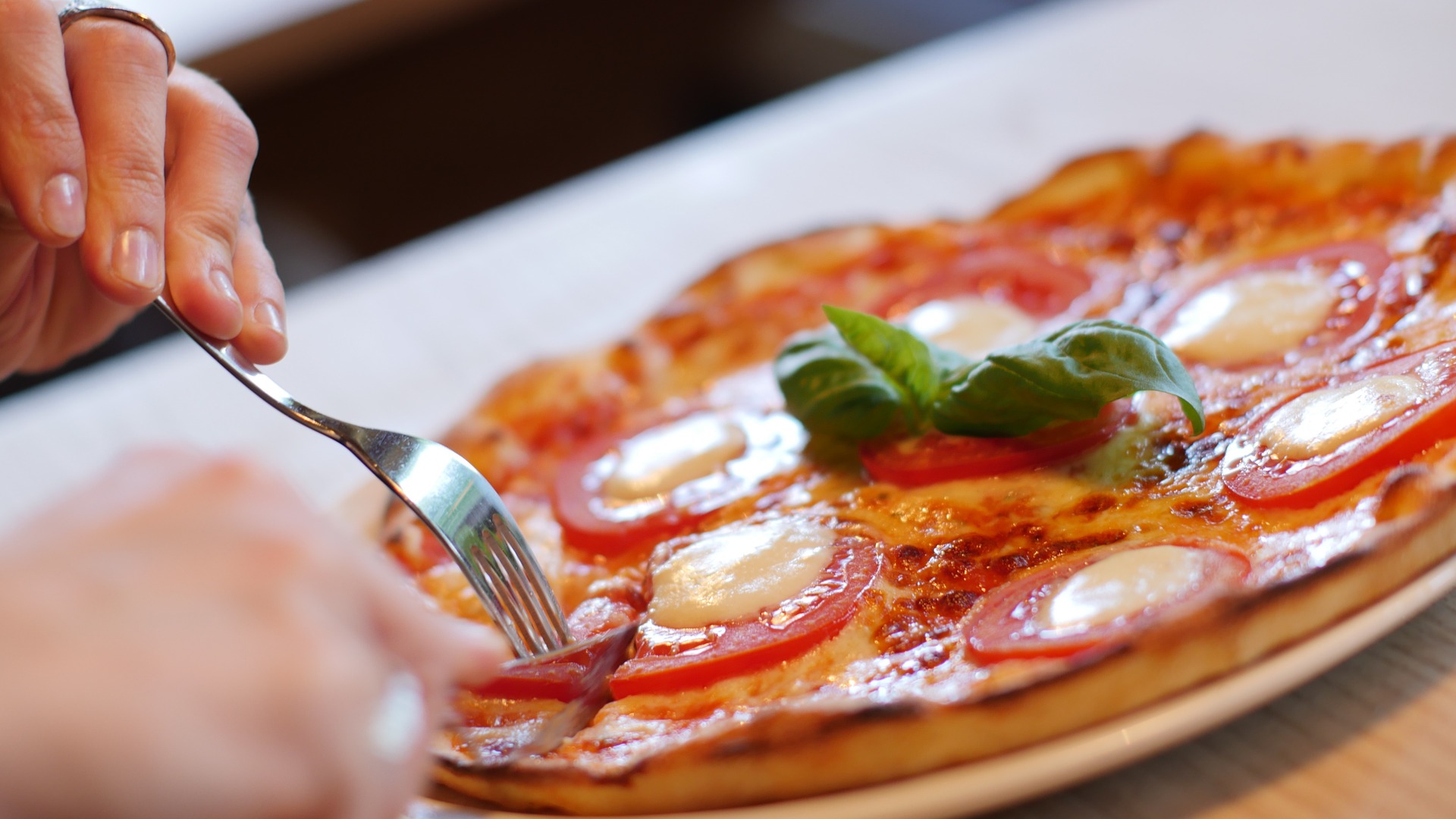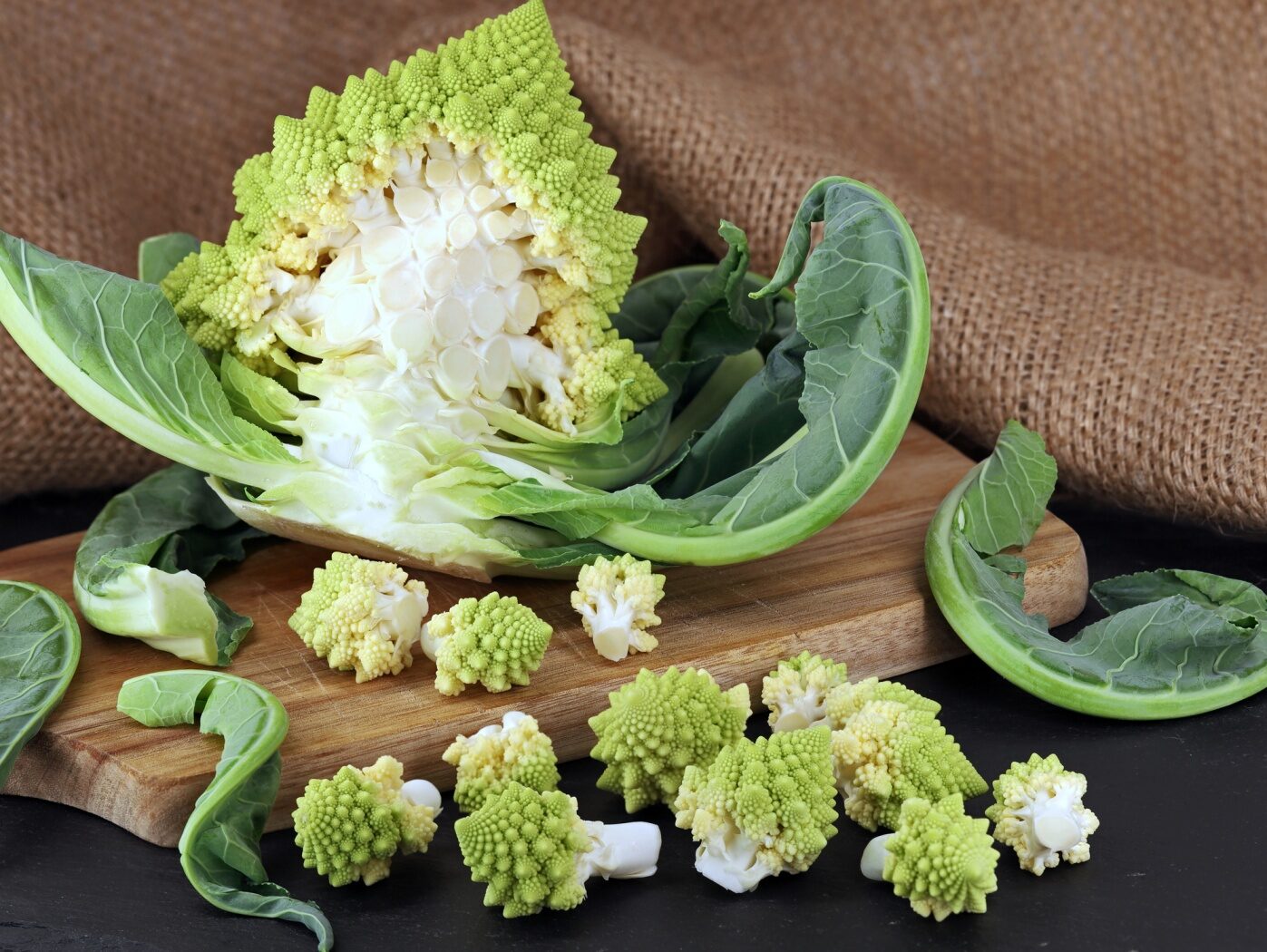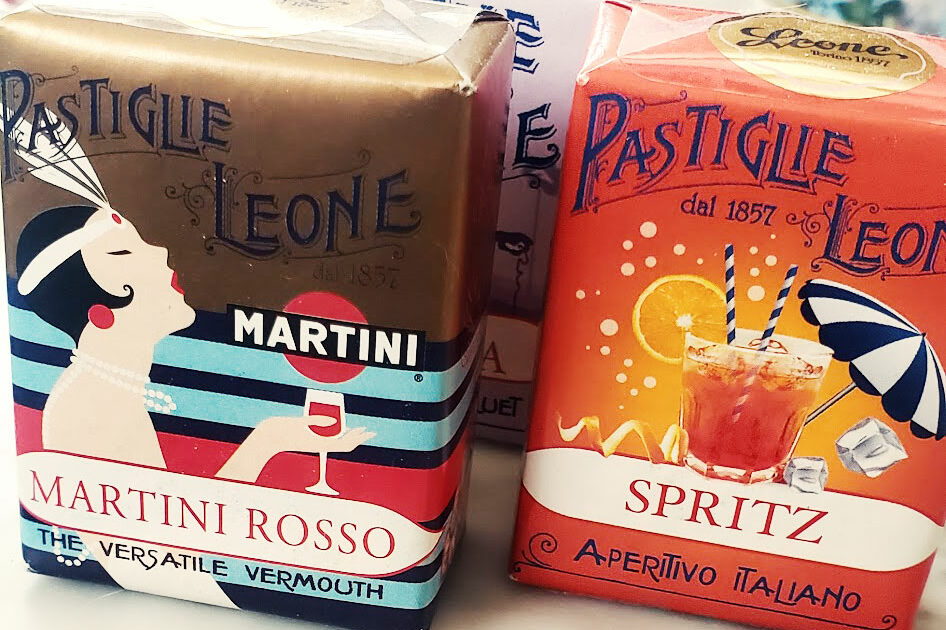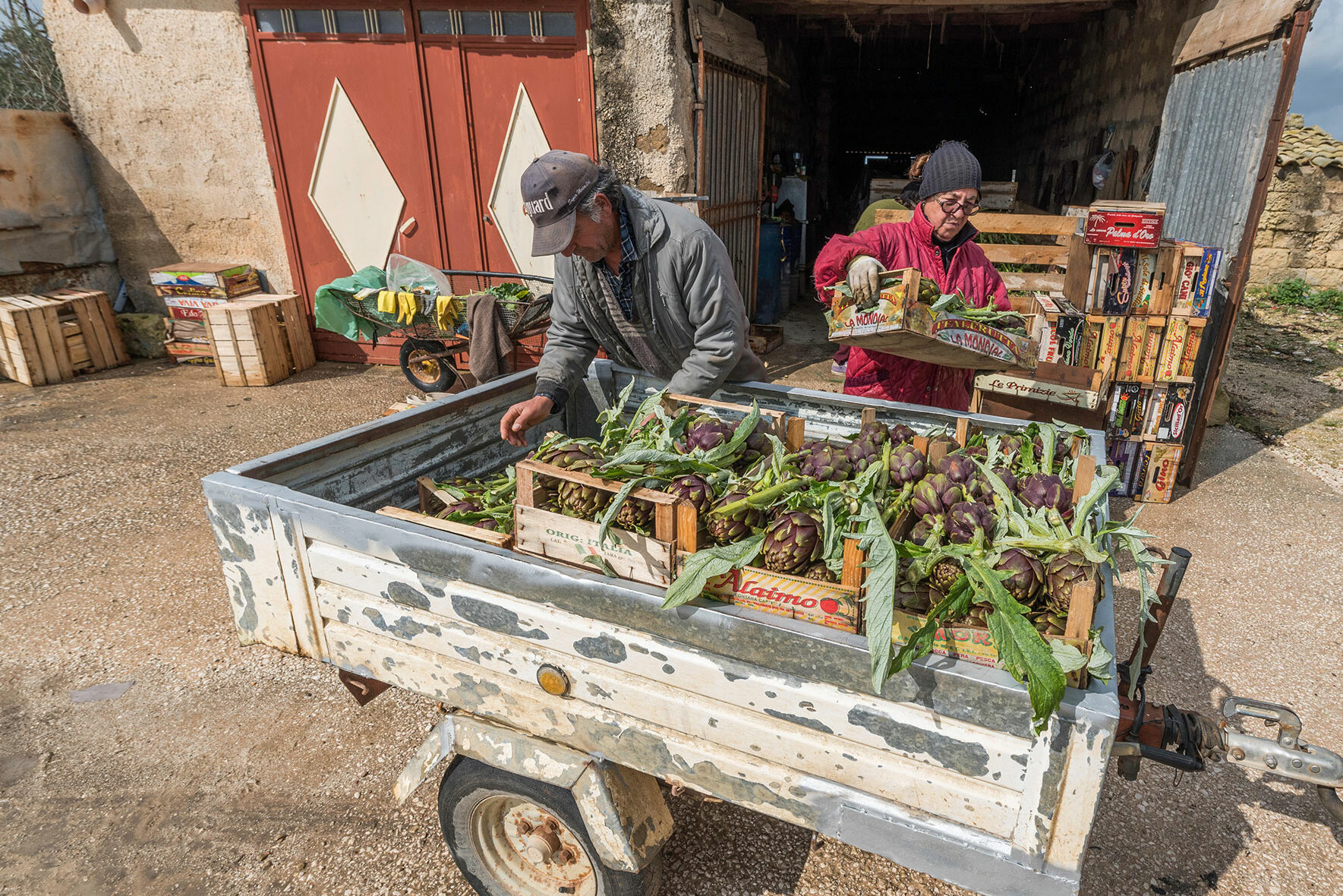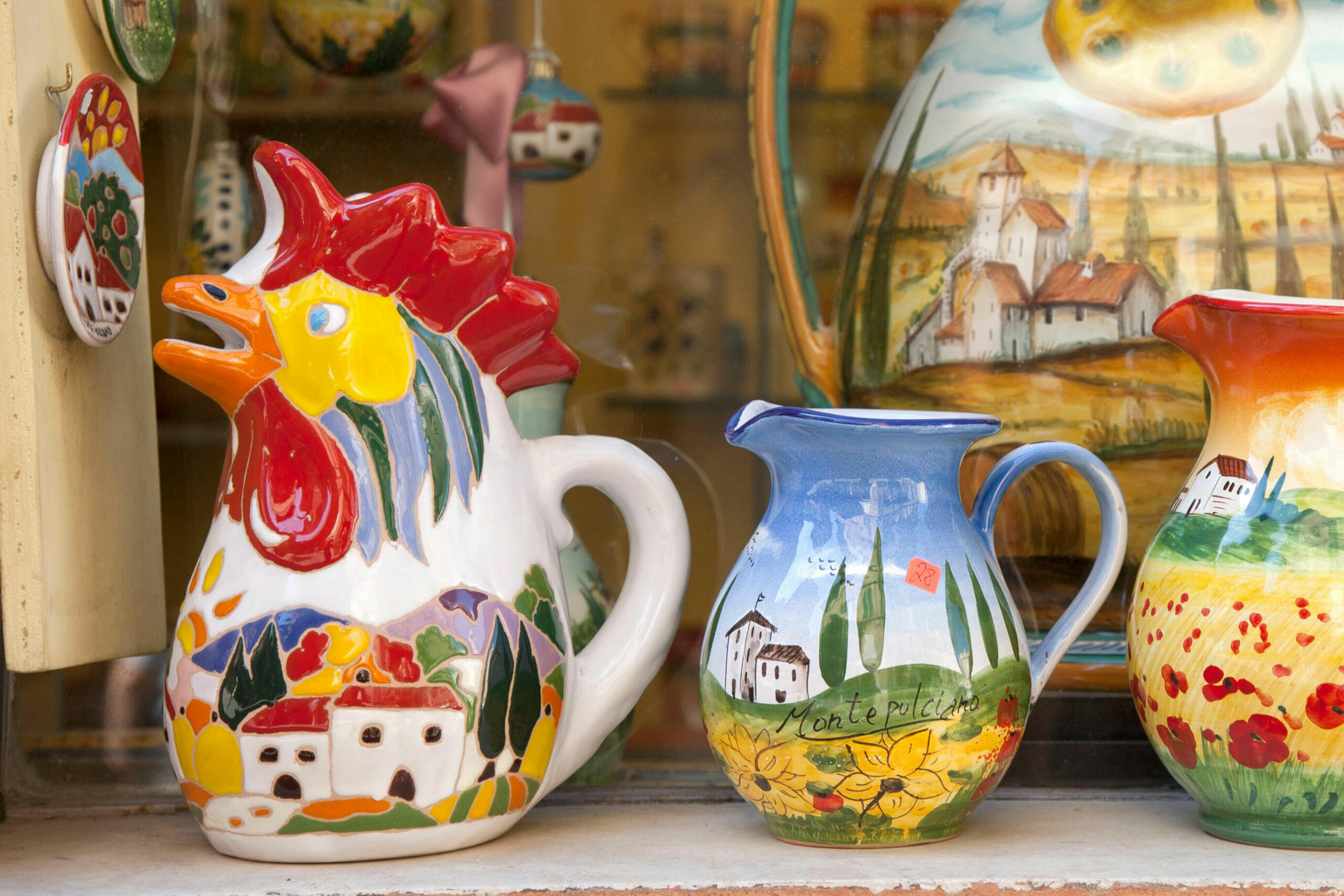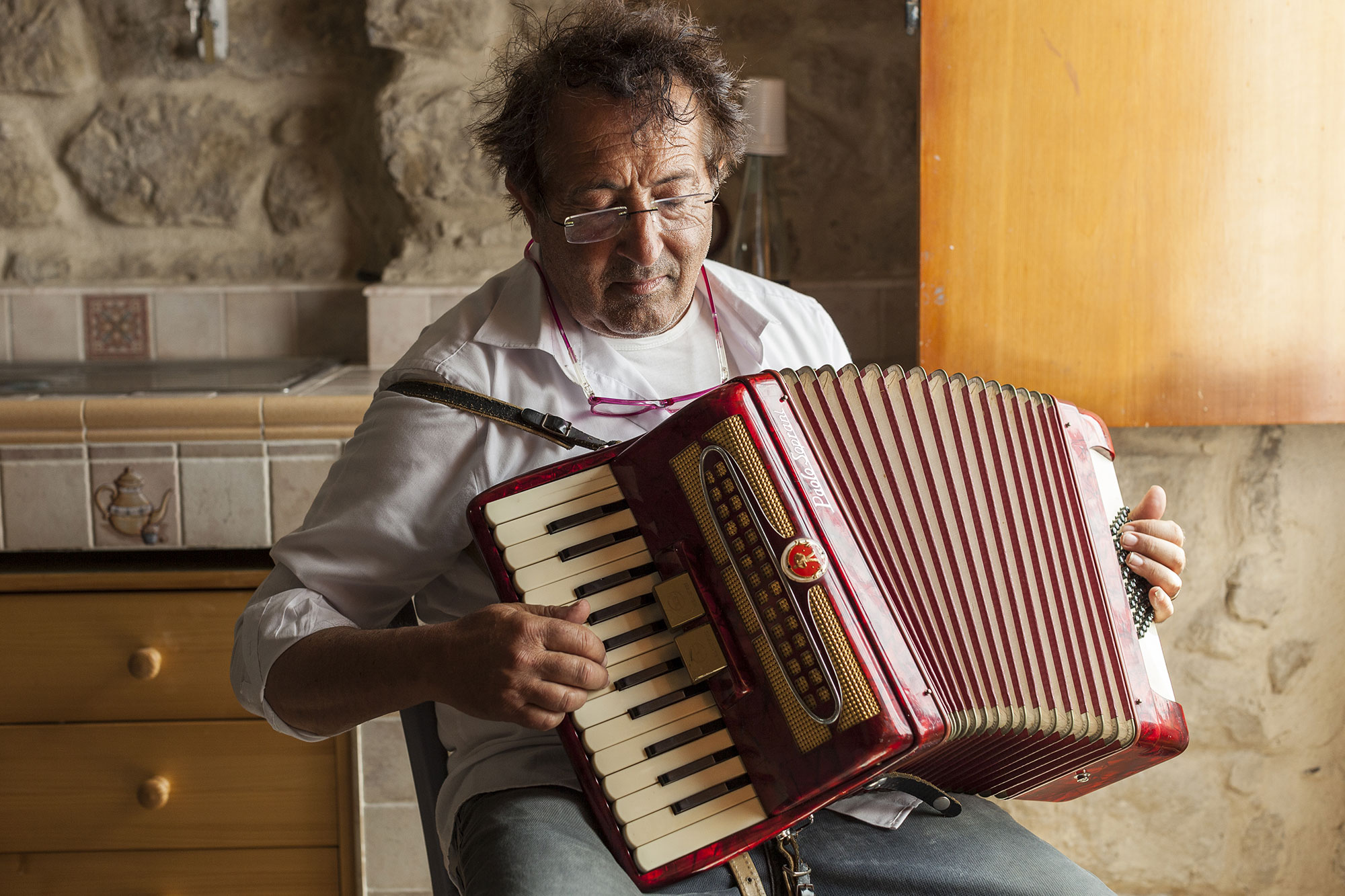Just when you thought you knew everything about pizza, a tour guide brings you abreast of so much more.
Chef Annalisa, of Little Italy Pizza Tours provides details, history, cooking styles and in conjunction with participating San Diego Pizza establishments, several free pizza tastings. The tour begins with a light pastry in Zucchero’s garden dining area, and includes optional side features of wine, Lemoncello and of course cappuccino or expresso to top things off.
“We will be looking at different pizza styles, the history of pizza, where it started and where it is going,” began the pizza maven. “In Italy we enjoy our food, but it is an excuse to get together,” explained the Italian who hails from Reggio Emilia, a town in Italy between Milan and Florence. She has been living in Little Italy for the past 10 years and says, “I love it here; it is like a renaissance.”
Chef Annalisa gathered her 20 tour participants and as she began handing for Landini’s, the first restaurant to begin serving pizza by the slice, she touched on basic ingredients. Flour, specifically 00, which is fine, and has more gluten to give it better elasticity is ideal for pizza. She also mentioned adding salt, yeast and maybe a bit of olive oil.
“Humidity and the quality of air and water make a big difference in making pizza,” noted Chef Annalisa. “It’s all about the quality of the water; good water, makes great pizza, bad water does not.” As we approached the first stop of the tour, she explained, “Be sure to say ‘Buongiorno’ to Chef Angelo. This will expedite the serving of wine,” she joked.
First up on the tour was a thickly sliced Sicilian Pizza. Chef Annalisa explained that this type of pizza evolved from Sicily’s Focaccia bread and had been around since Egyptian times. The Sicilians added olives, spices and olive oil, and according to the tour chef, “tomatoes were later added when Columbus returned from America where they originated.” She added that toppings on this type of pizza were very light as not to obscure the taste of the pizza dough of the pizza.
“Another factor to consider,” explained the chef, is the type of oven used to make pizza, adding that “a pizza stone, which absorbs humidity, will make a pizza crust crispier, and a wood fired pizza oven will add more flavor to the pizza dough.”
The tour guide related that American people consumed 350 pieces of pizza a second, it is the largest pizza country, eating an estimated three billion pizzas a year. She also cited that the main difference between Americans and Italians eating pizza is the Italian consumption of wine with pizza, as opposed to American beer consumption in America.
As the tour approached the Monello pizza restaurant, Chef Annalisa continued to divulge more of her pizza tidbits. She stated that keeping pizza dough in the refrigerator to rest for four days would make the dough taste “10 times better.”
The next stop would feature Pizza Piccante, a combination of Calabrese spicy salami, mozzarella and Arrabbiata sauce. Michela Toscani, Chef Annalisa’s assistant, also an Italian native from Lodi, Italy discussed the particulars of the raspa dura cheese that arrives in the form of 75 blocks.
“This is the only restaurant that uses this cheese,” remarked Toscani, who also mentioned that the cheese also comes from a town named Lodi, but here in America. She also related that this restaurant also made its own Vermouth and would be serving complimentary samples for the pizza tour.
“Raspa dura cheese is thinly sliced and served on top of pizza and pasta,” said Toscani. She took tour participants on a special tour of the refrigerated portion of the restaurant and discussed the 20 different kinds of meat from which diners could choose for their meals and pizzas. “Where parmesan cheese is aged for 15 months, raspa dura is aged for only six months,” she said, explaining that this makes the cheese “creamier and sweeter.”
The tour guides took turns explaining that when tomatoes were first introduced in Italy, Italians thought they were poisonous and would not eat them. They were used as decorations instead. However, in the 1500s they experimented with them by adding them to their pizzas. They also mentioned that “in 1889, to honor the Queen of Italy, Margherita, the Neapolitan pizza maker Raffaele Esposito created the Pizza Margherita.” He topped this pizza with tomatoes, mozzarella, and basil, to represent the national colors of the Italian flag,” they explained.
The first Pizzeria restaurant was created in 1886, according to Chef Annalisa, adding that the first one in the United States opened in 1905 in Manhattan, New York. Others followed in the Italian Quarters of Boston and Chicago. She also said that according to the latest data on pizza, 61% of Americans Like thin-crust pizza, October is the official Pizza month, and that pizza should be kneaded by hand because if the dough touched metal it would negatively influence the flavor of the pizza.

